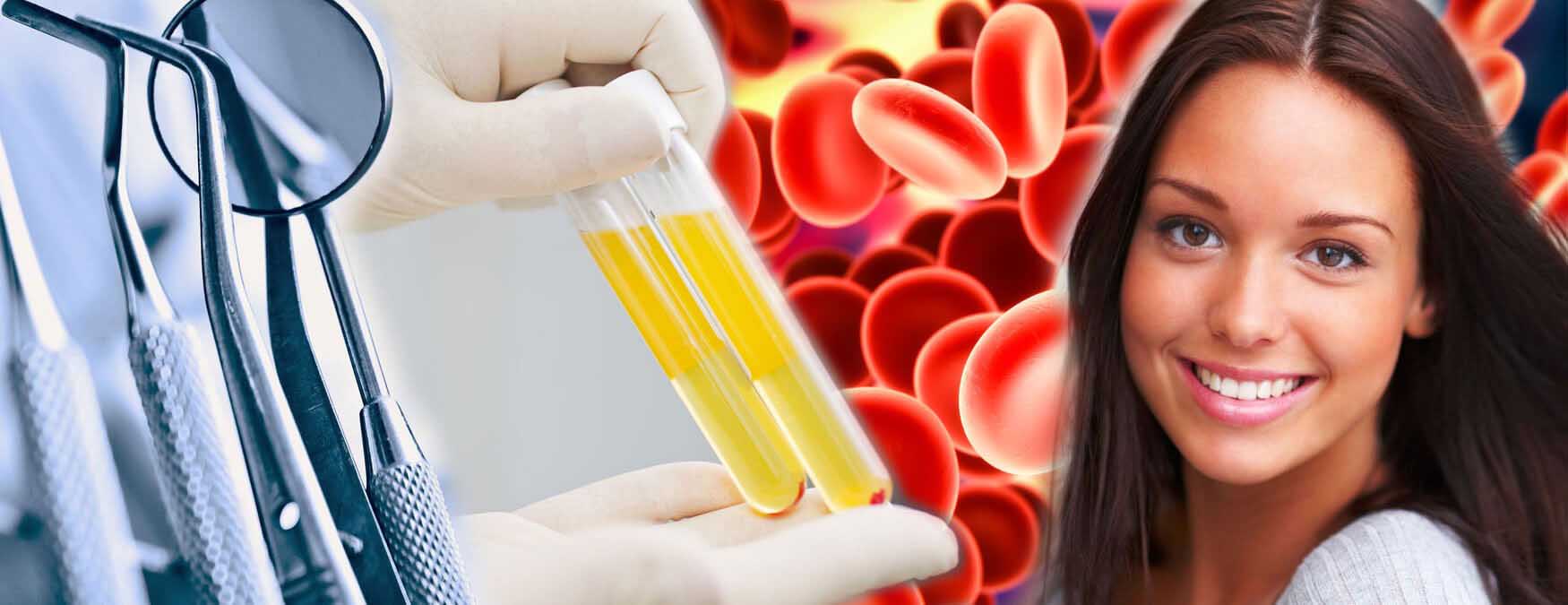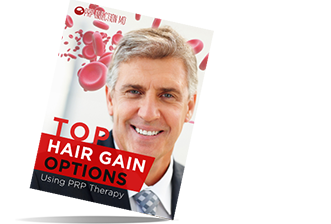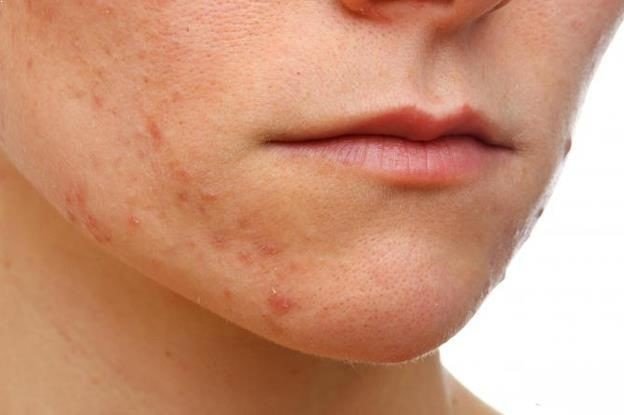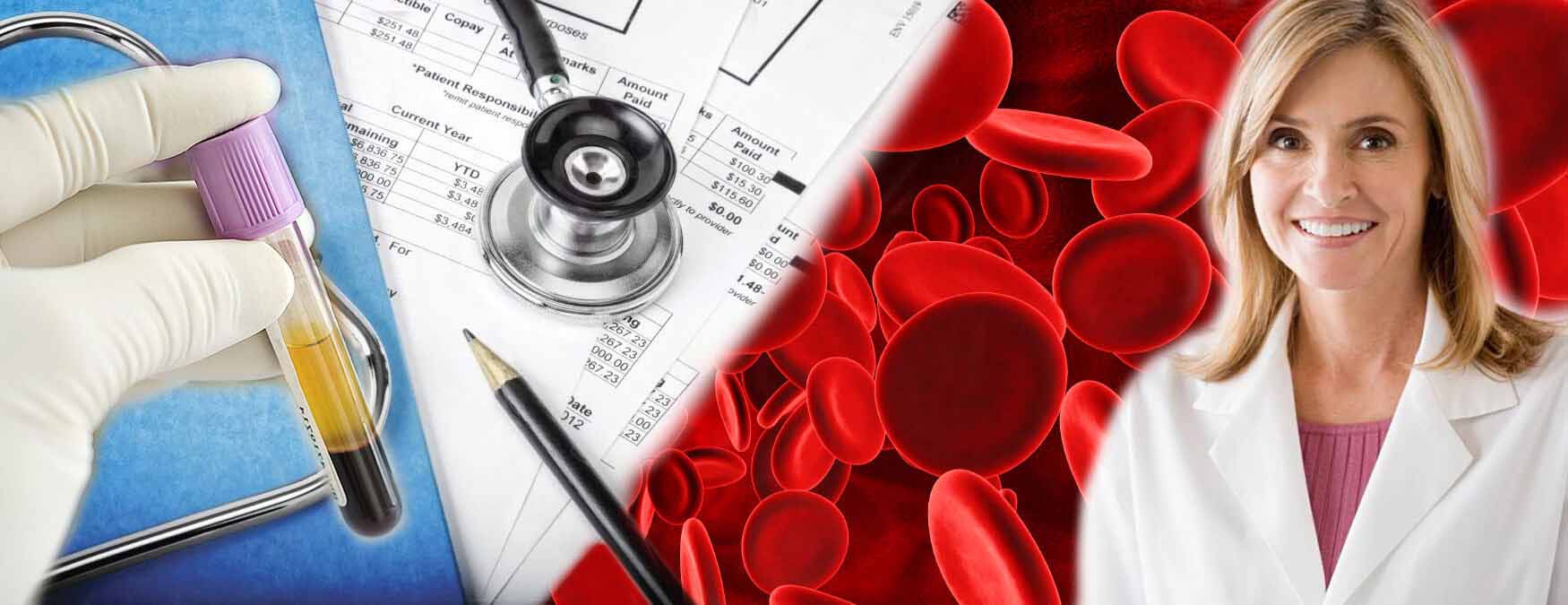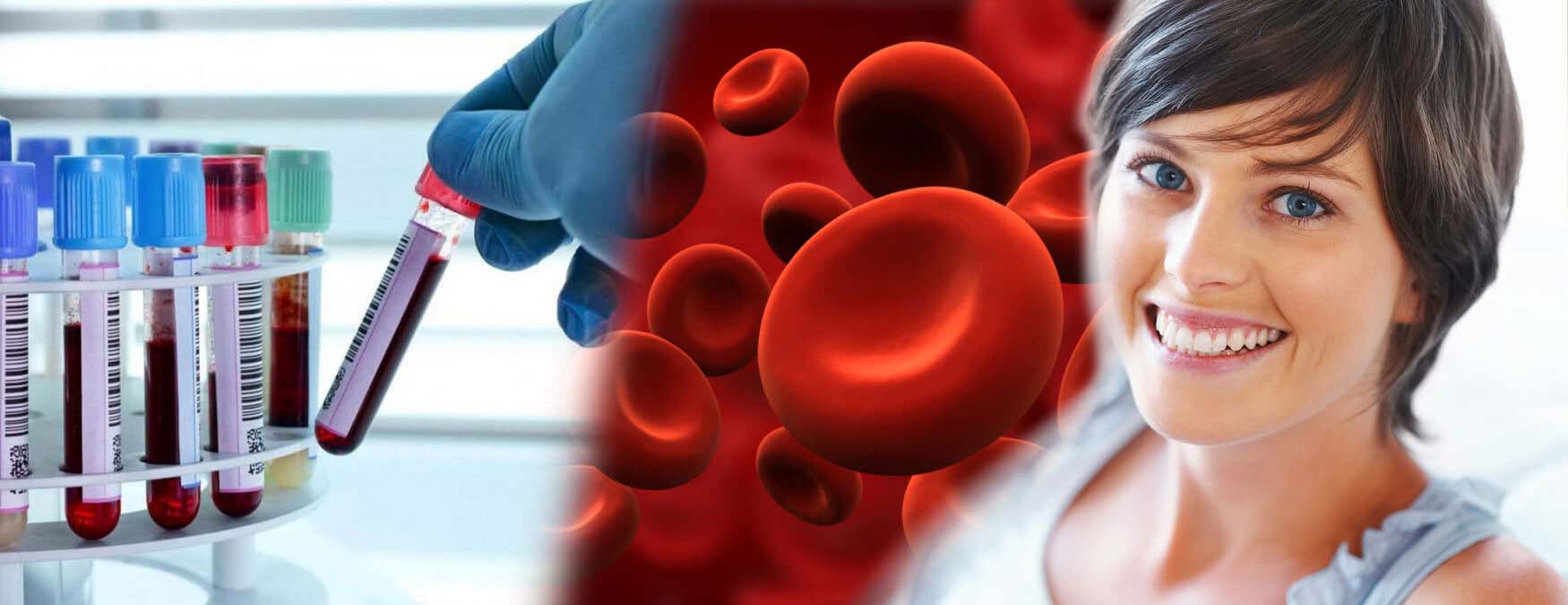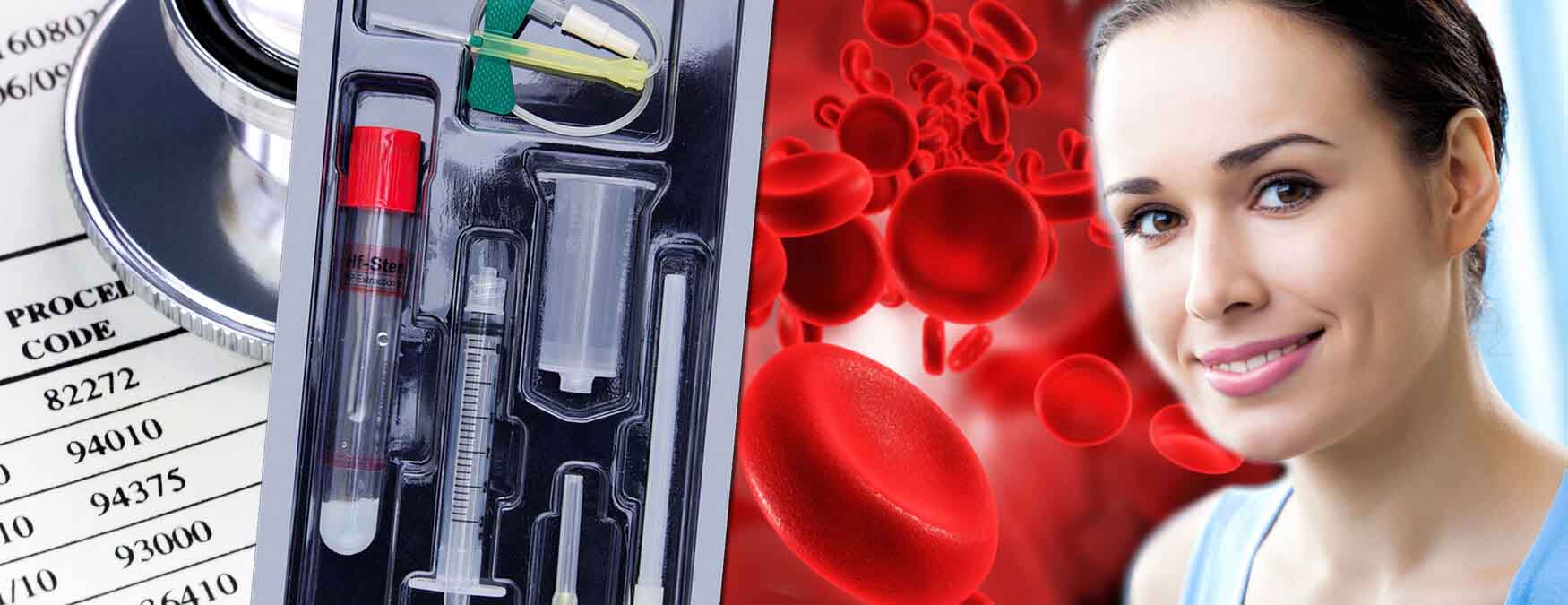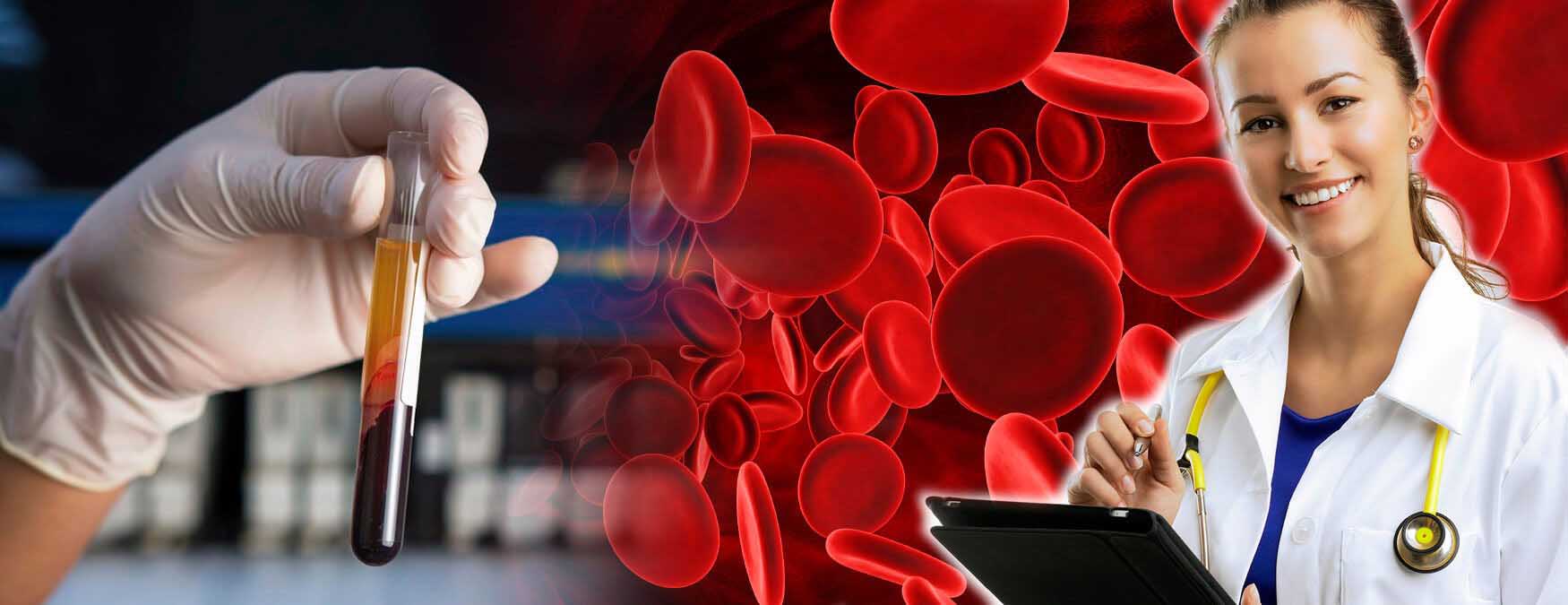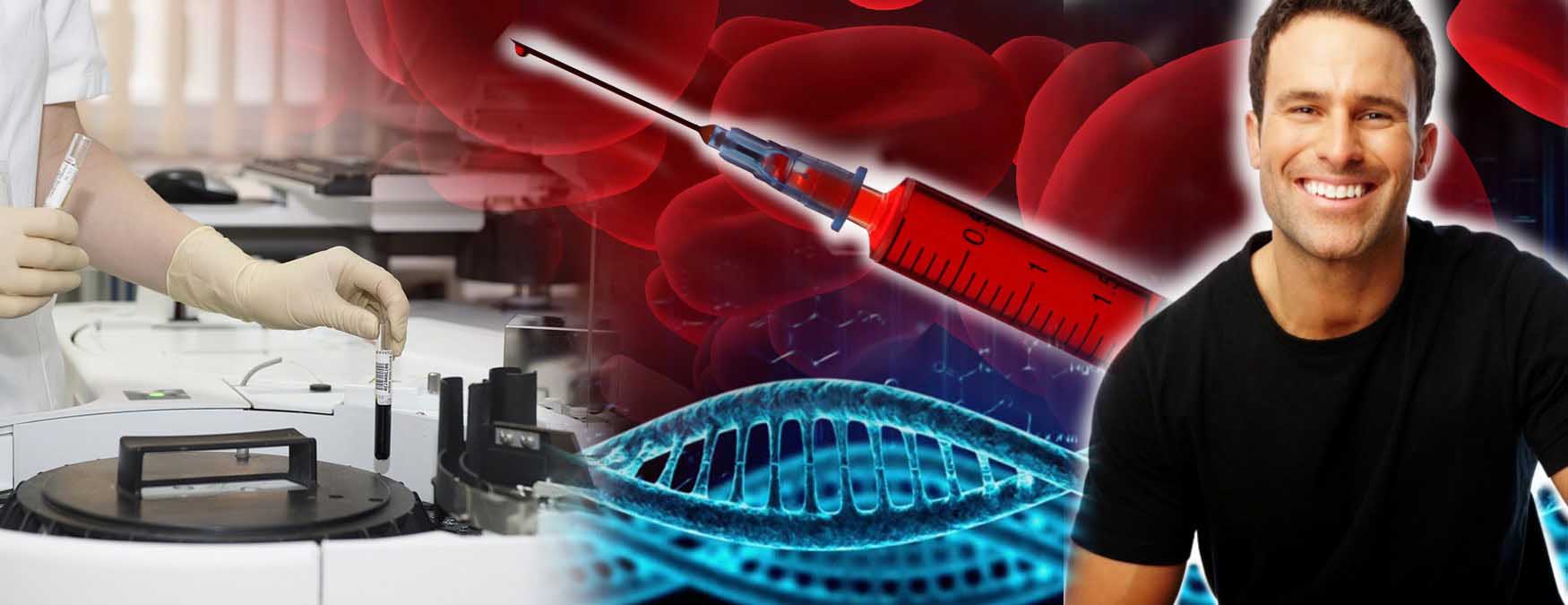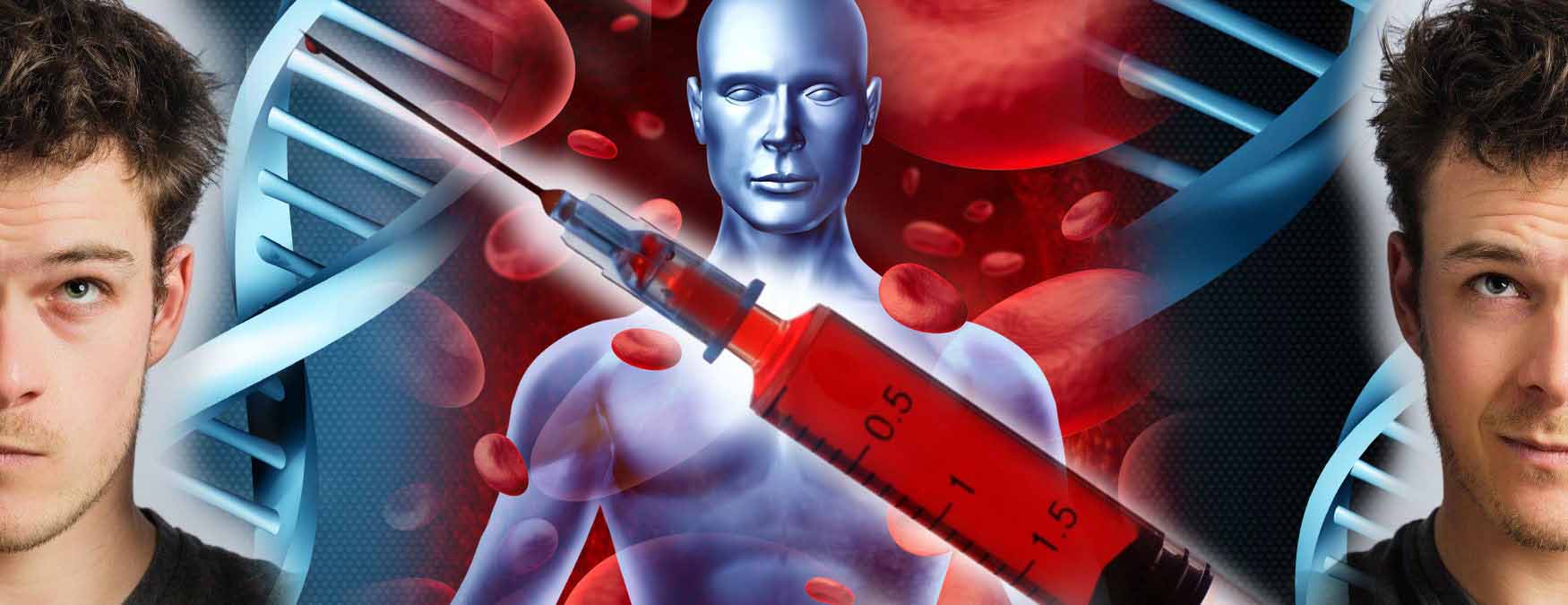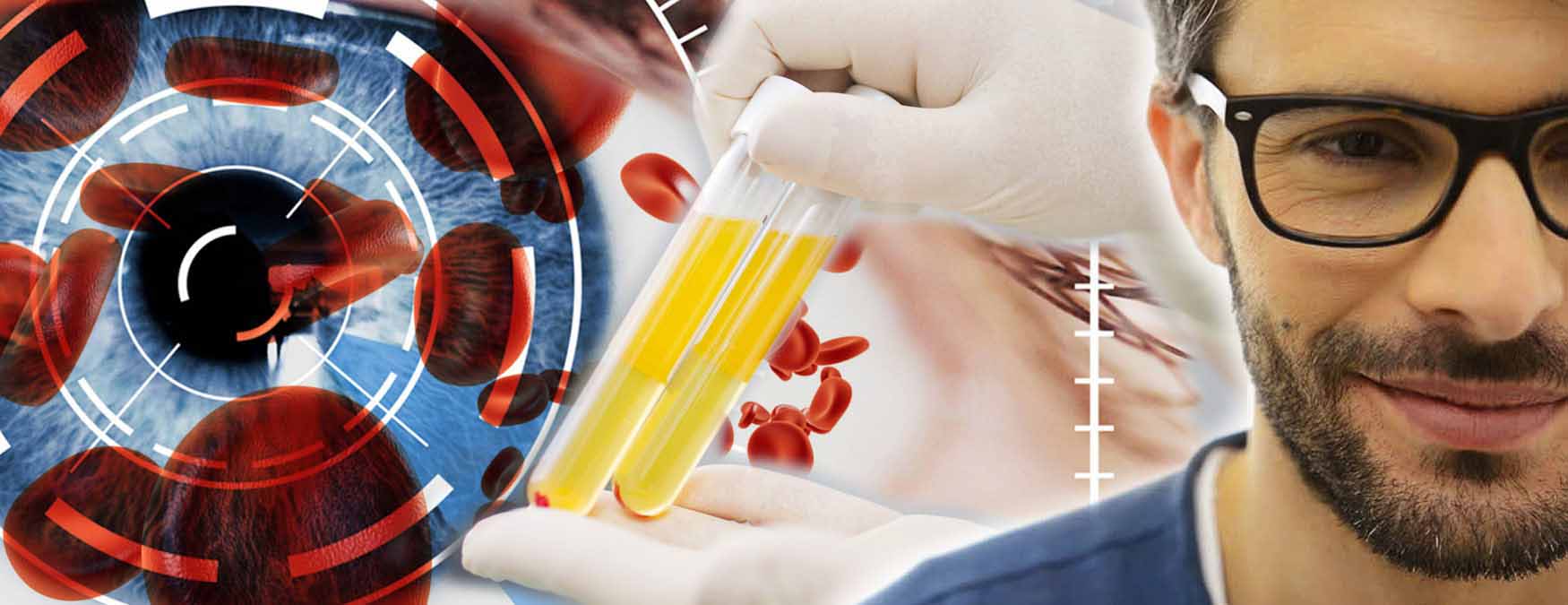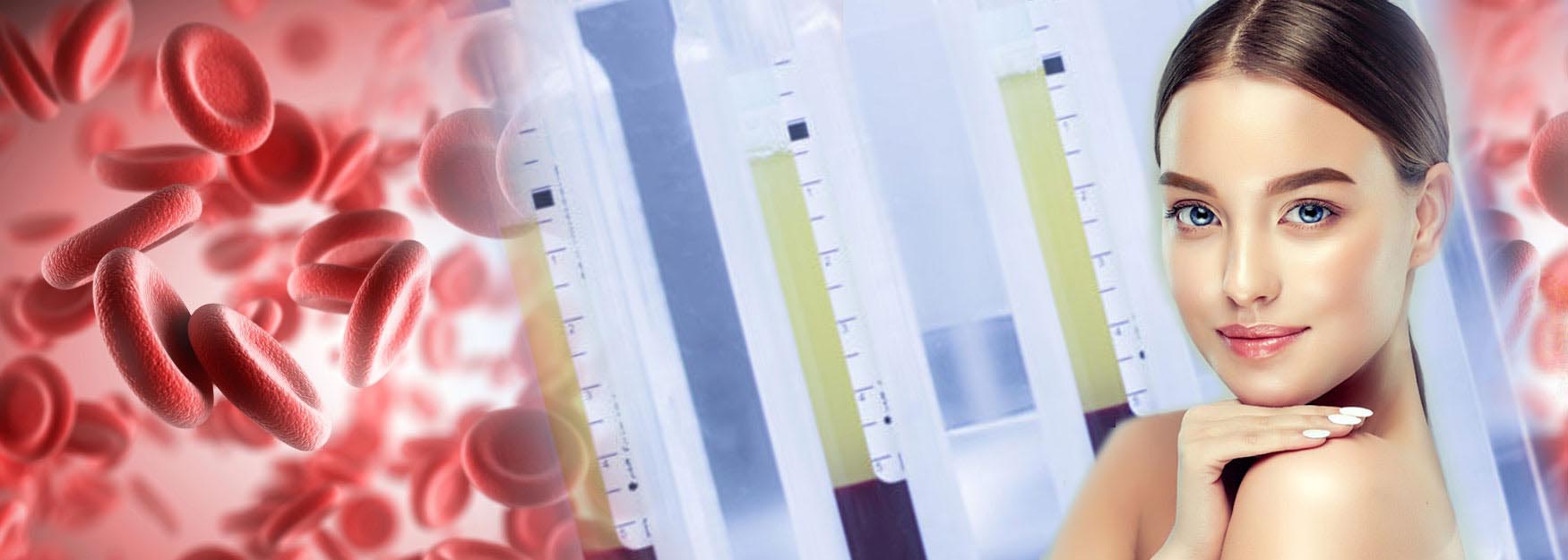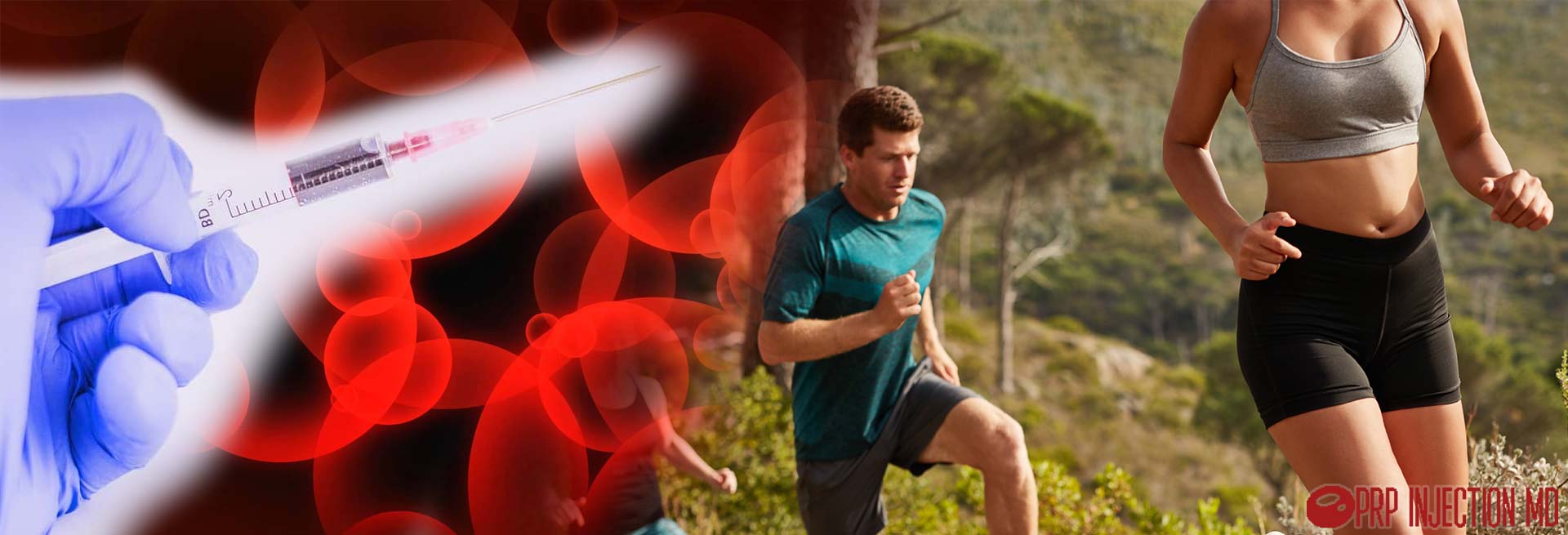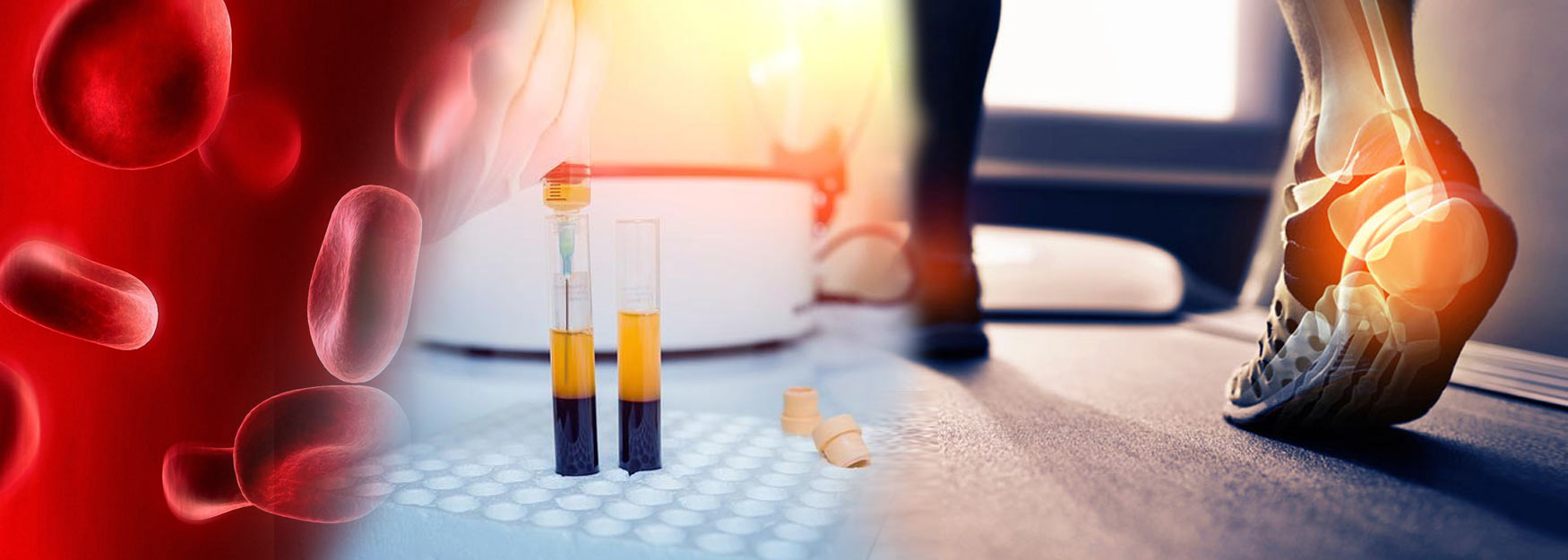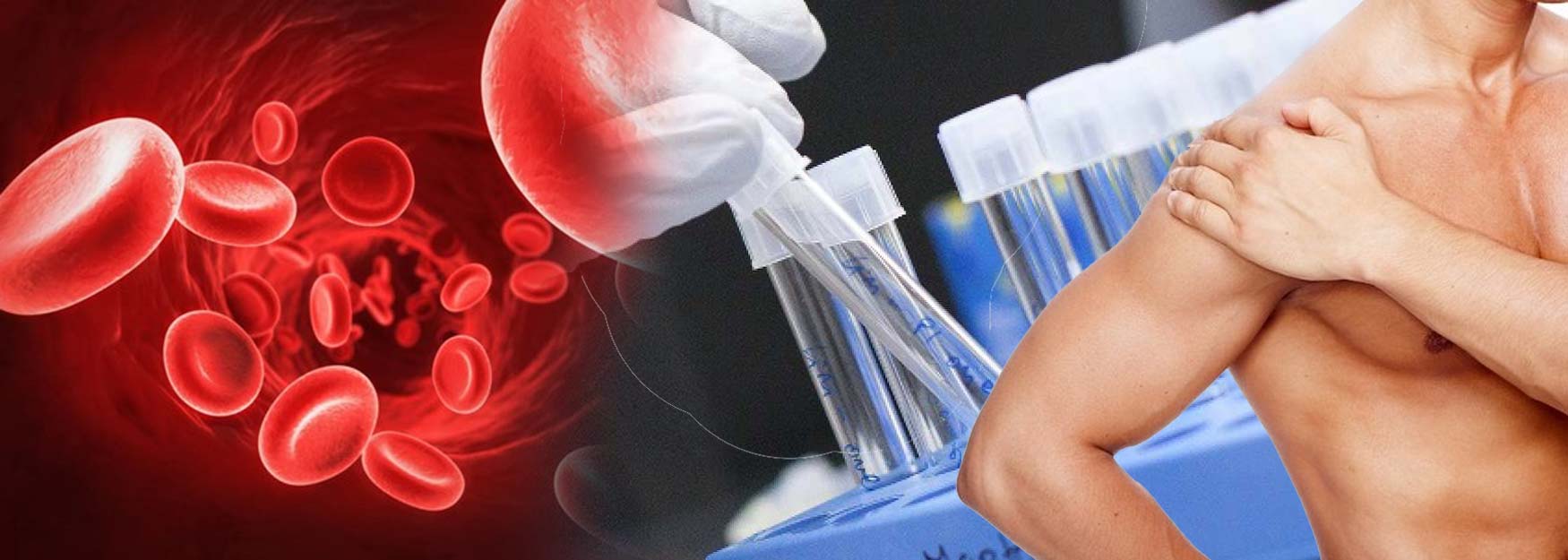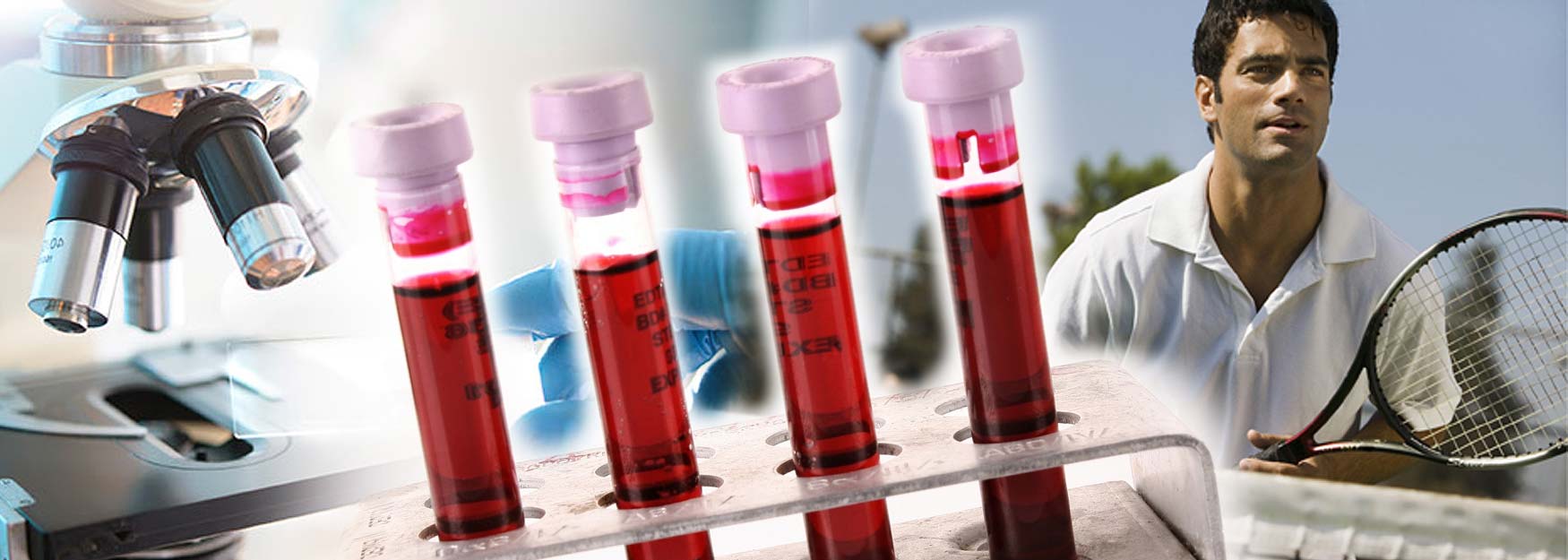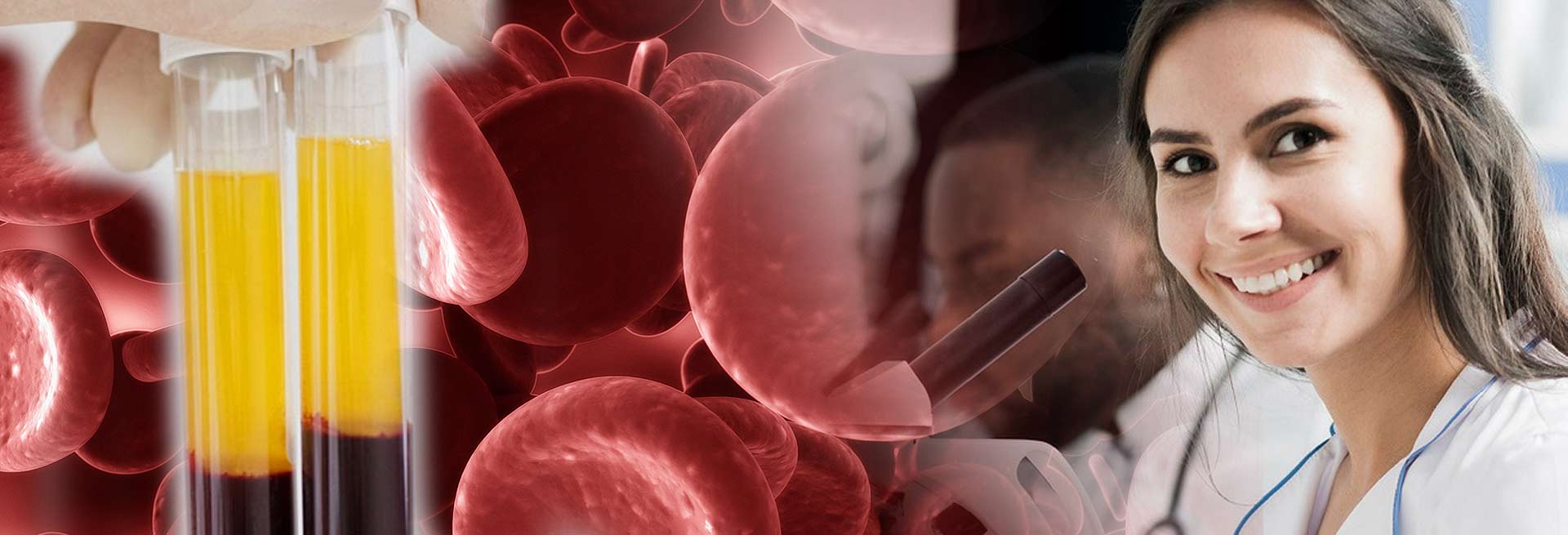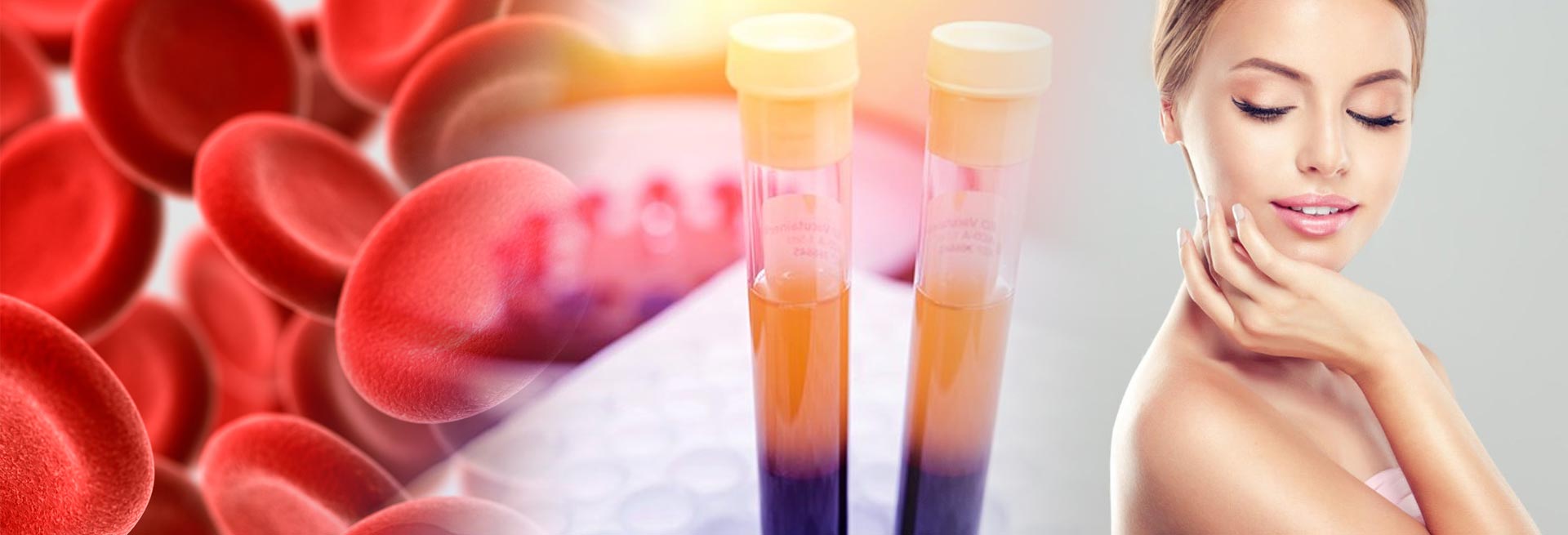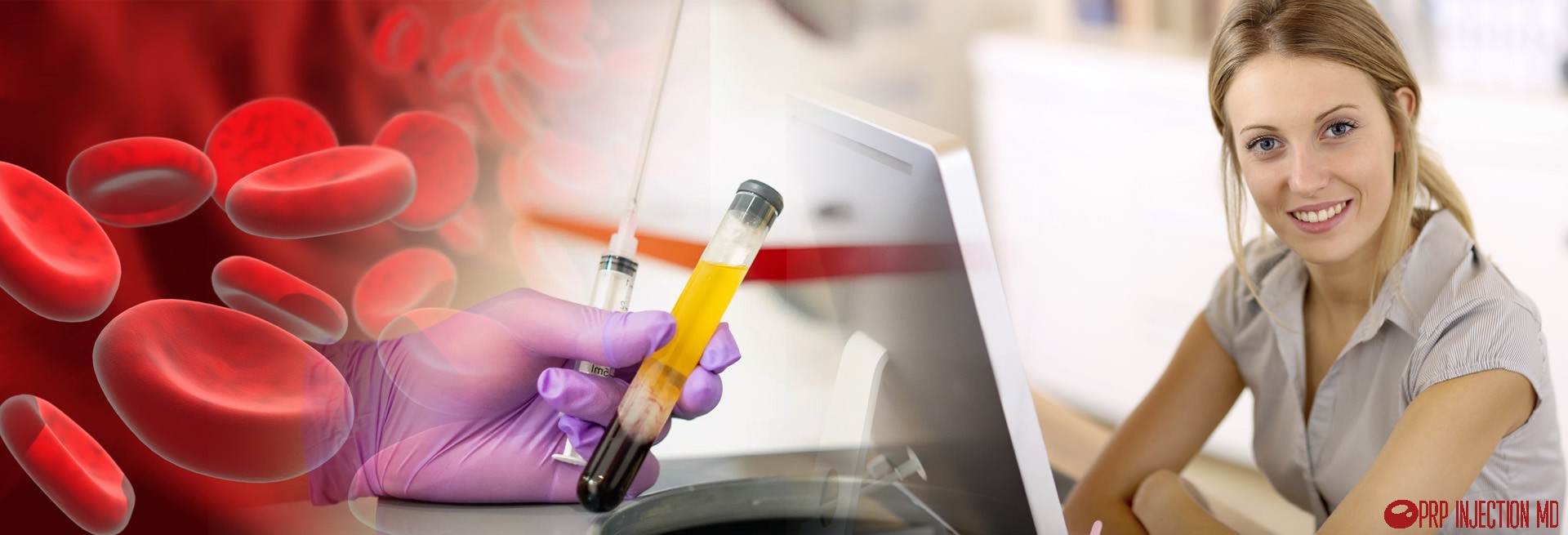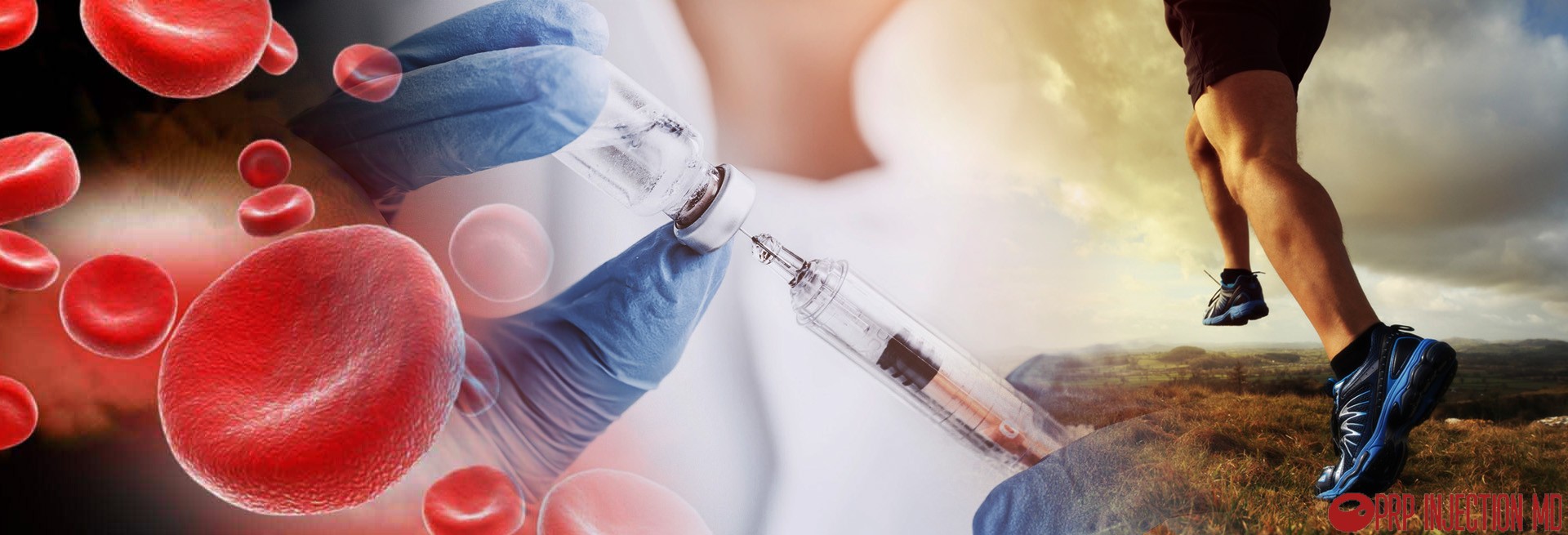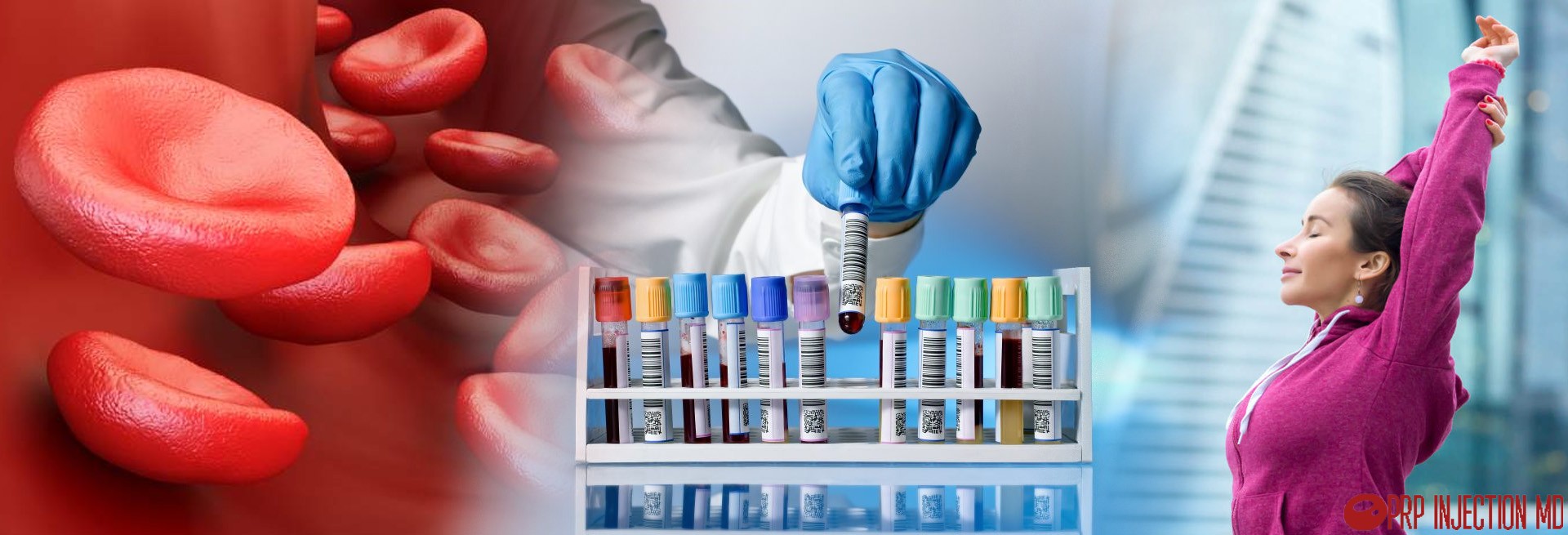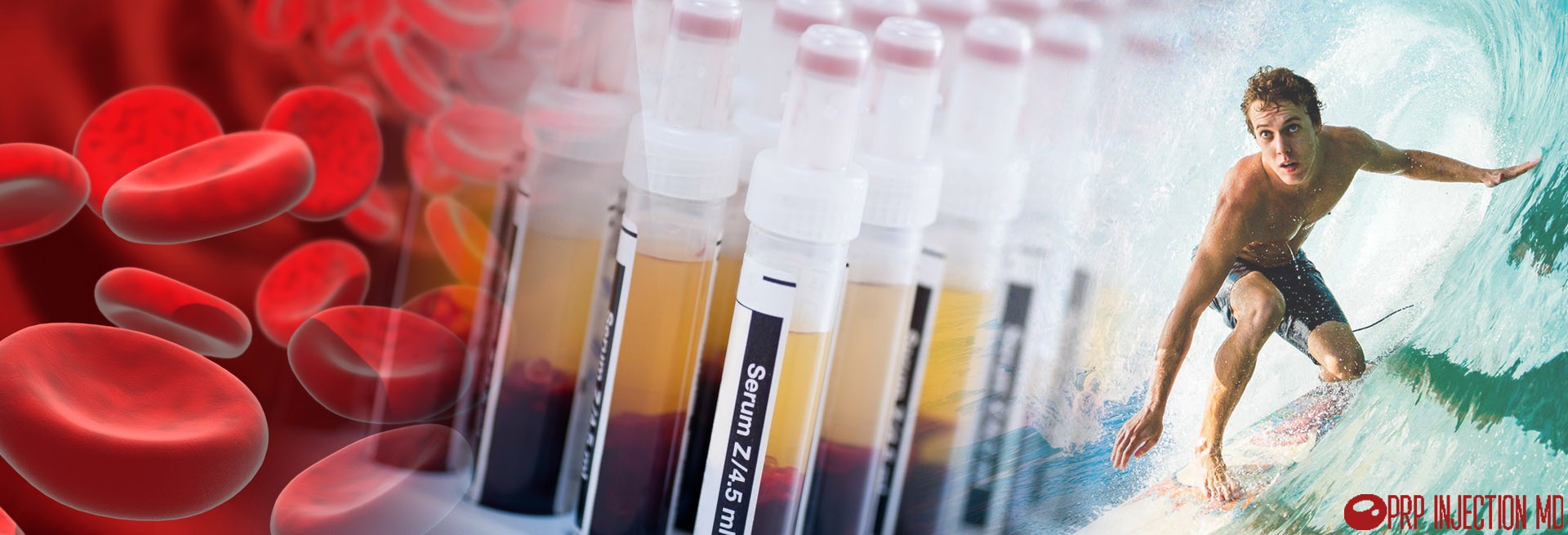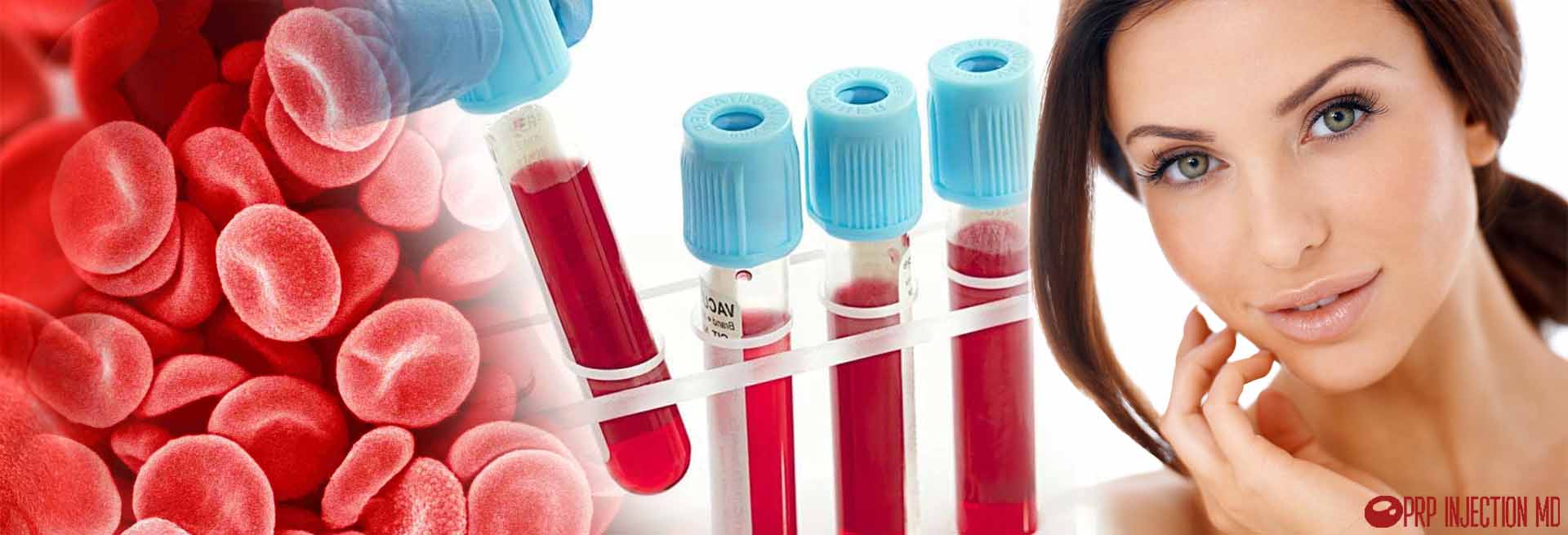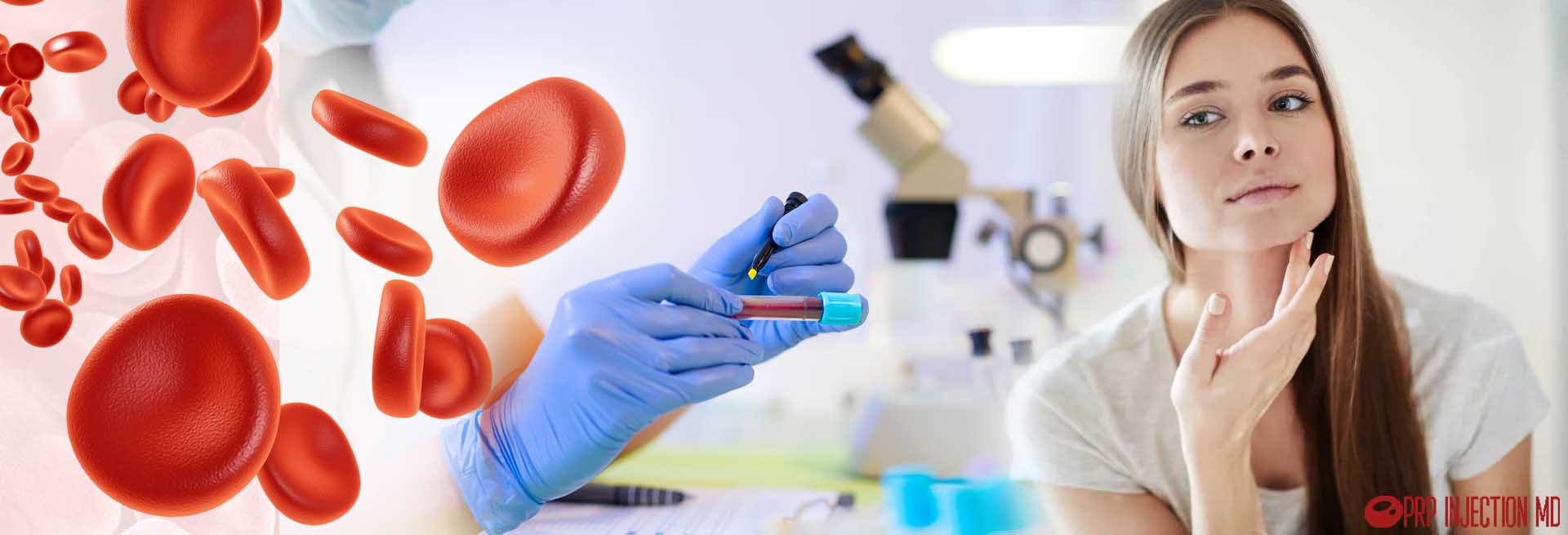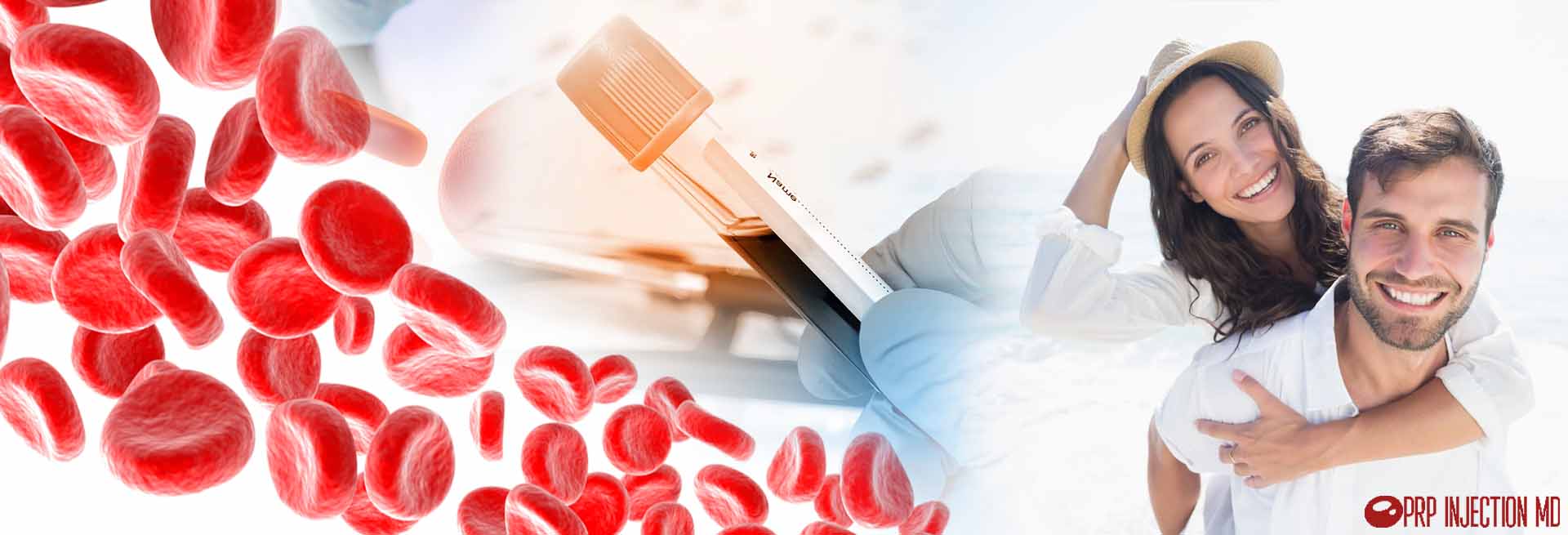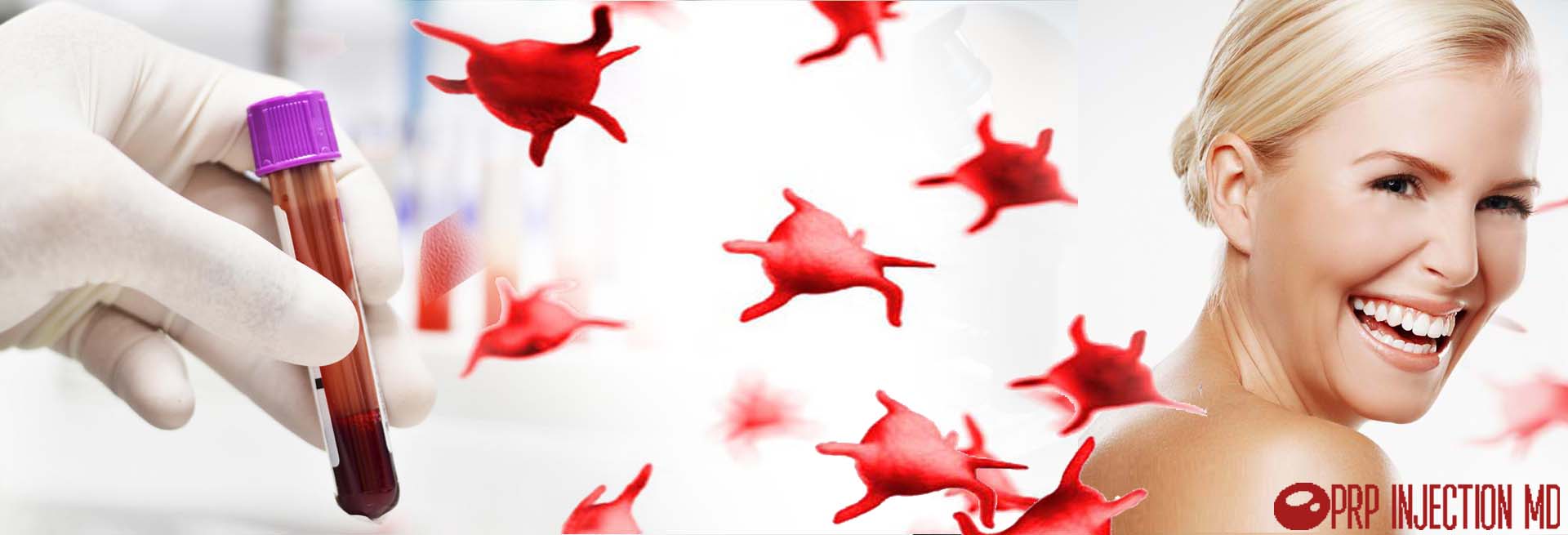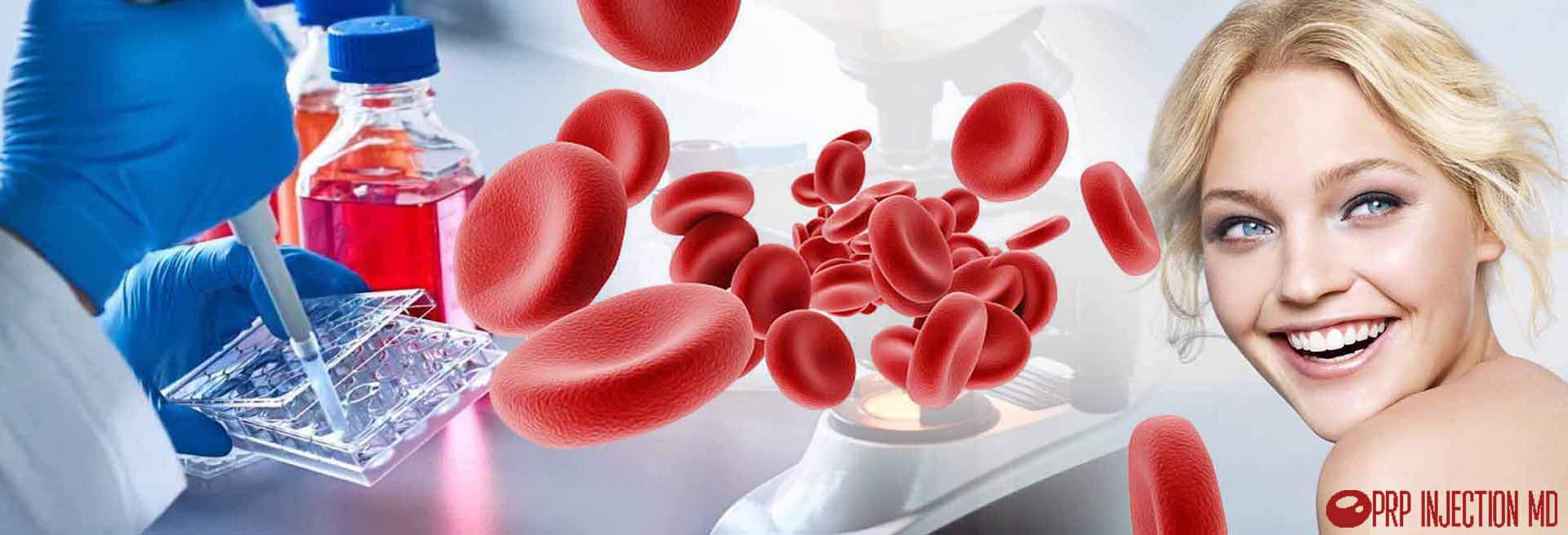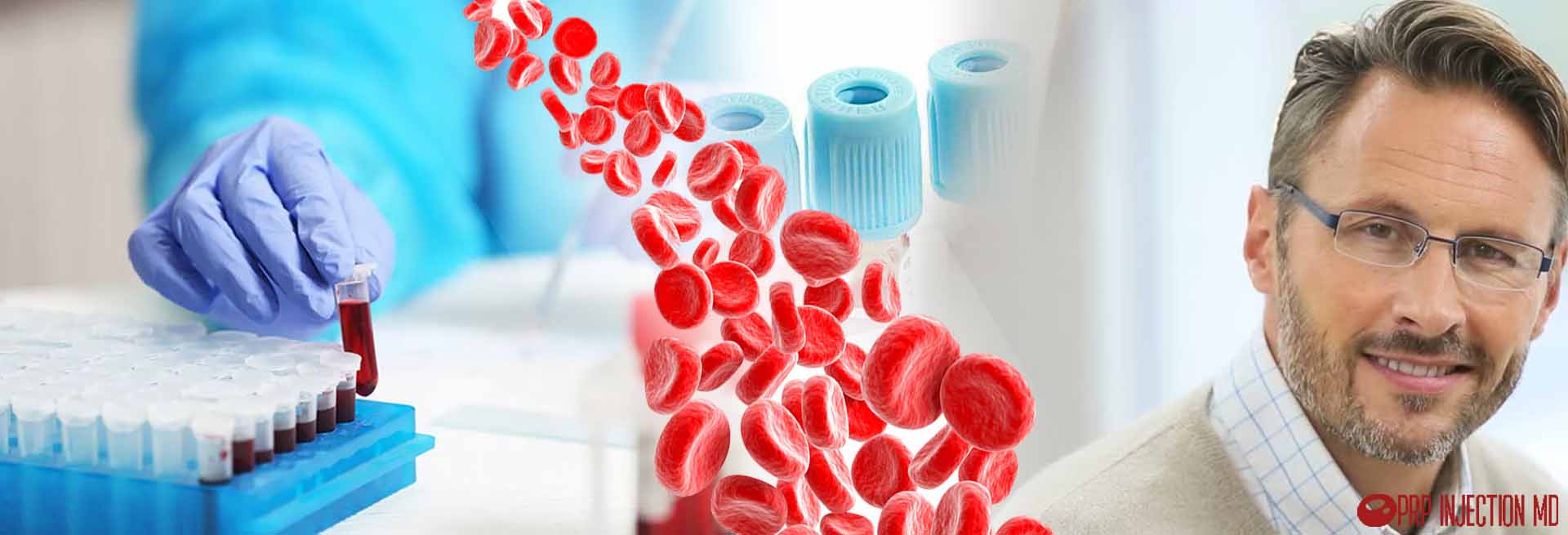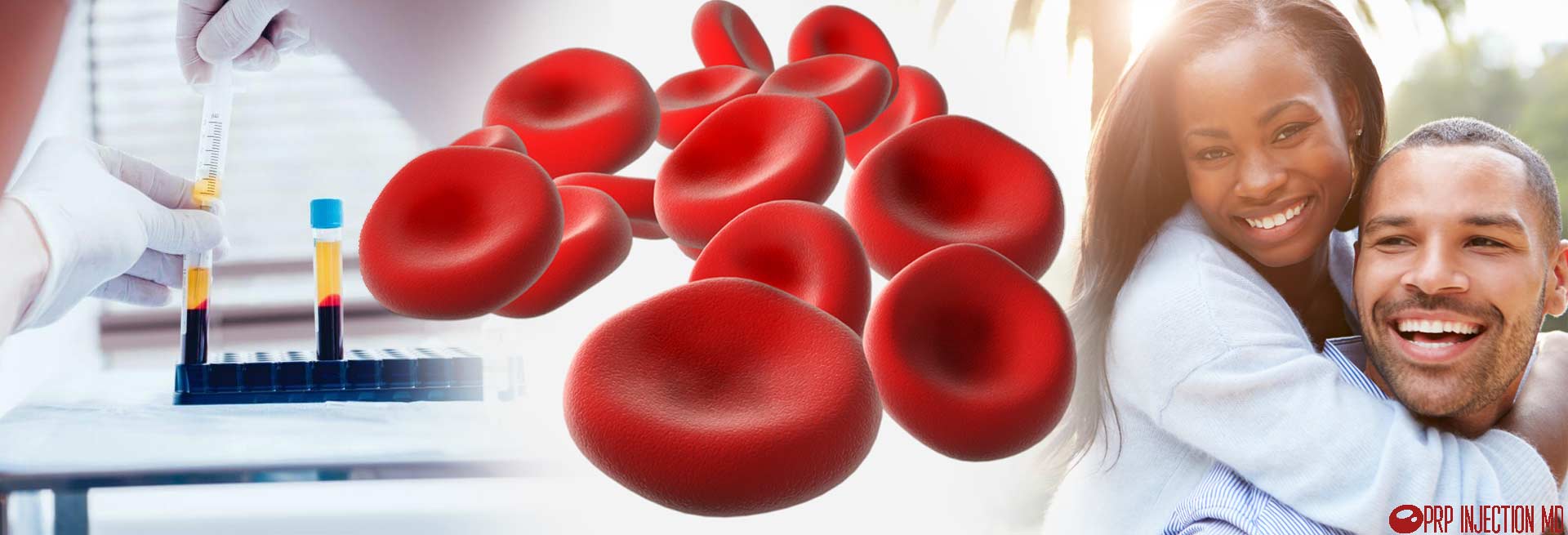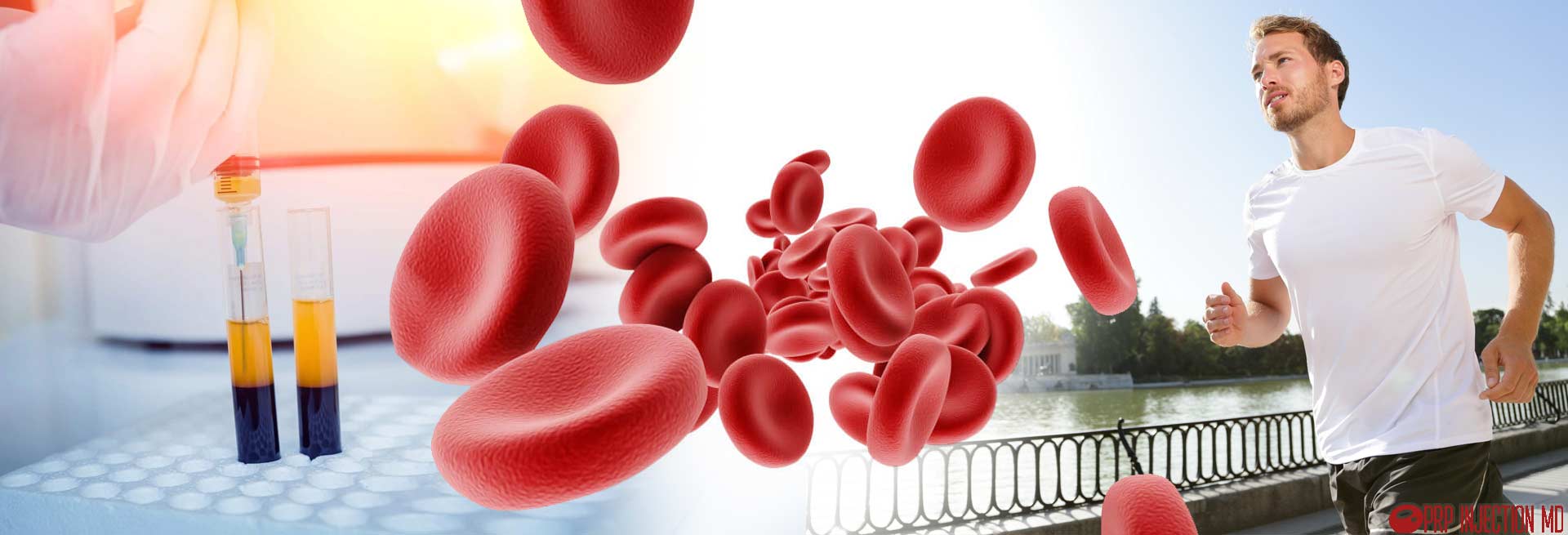Platelet Rich Fibrin
Medical researchers have long been working to create new medications and treatments that can help with the healing of both hard and soft tissues in the body. By studying natural healing processes, doctors have developed the revolutionary compound, Platelet Rich Fibrin (PRF). PRF is an improved version of Platelet Rich Plasma (PRP). And it has been found to be very effective in helping patients heal after dental surgery. Doctors are also using PRF to help in other maxillofacial procedures such as treatments for the head, face, neck, mouth, and jaws.
The National Center for Biotechnology Information (NCBI) conducted a study on a group of 56 patients that had undergone tooth removal procedures on the third molar. On the third day, they found that the patients who had PRF inserted into the tooth cavity showed far less swelling as compared to the patients who received conventional treatment.
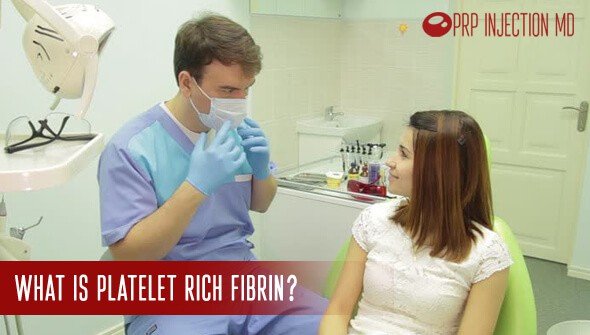
What is Platelet Rich Fibrin
Choukroun and his team first developed Platelet Rich Fibrin in France in 2001. For this reason, the compound is also called Choukroun’s PRF. Depending on the components, PRF has two categories:
- Vivostat PRF which is pure platelet-rich plasma
- Fibrinet PRF or a form of Platelet Rich Fibrin that does not contain any white blood cells.
Choukroun’s Platelet Rich Fibrin is a pure form of platelets. Doctors create it by removing the red blood cells that are also present in your blood. The resultant PRF serum is a concentrate of growth factors, stem cells, and cytokines (a kind of protein that passes messages between the cells). PRF also contains white blood cells that protect your body from infections. In short, it is everything your body needs to heal wounds, injuries, and incisions after surgical procedures.
The most amazing characteristic of Platelet Rich Fibrin is that it has the capability to create soft tissues and also help in regenerating bone. For instance, when inserted into the tooth cavity after root canal procedures, it can stimulate the growth of bone and surrounding tissues. Doctors may also place the PRF serum into the root at the tooth implant site to help it set properly.
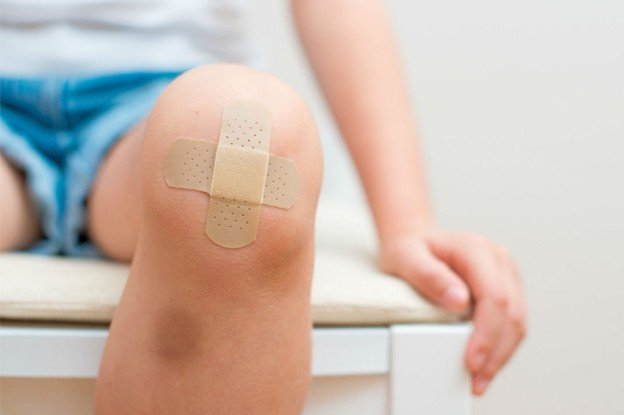
How Platelet Rich Fibrin Works to Heal Wounds
Each time you have an injury, the platelets in your blood form a clot to protect the site from infections. In addition to creating a protective cover, the scab begins the healing process. Platelets contain fibrin that creates a mesh along with other different proteins. These proteins have the ability to transform themselves into the kind of tissue they are healing. They also communicate with each other and attract other healing components to the wound site.
Together the platelets and growth factors induce the tissue repairing process. New tissue along with blood vessels form on the grid that the platelets create. Eventually, as the wound heals, the grid is absorbed into the tissue. Platelet Rich Fibrin works like a glue on the injury site. It stops blood loss and provides an instant scaffolding for the tissues to begin repairing quickly. And, since it contains white blood cells, it protects the injury from possible infections.
Source of the Fibrin – Do Platelets Produce Fibrin?
The liver produces a soluble protein called fibrinogen. This protein is a component of blood plasma. When you have an injury, the thrombin enzyme in the blood causes the fibrinogen in the wound to convert into fibrin. This fibrin creates a mesh by forming long fiber line chains.
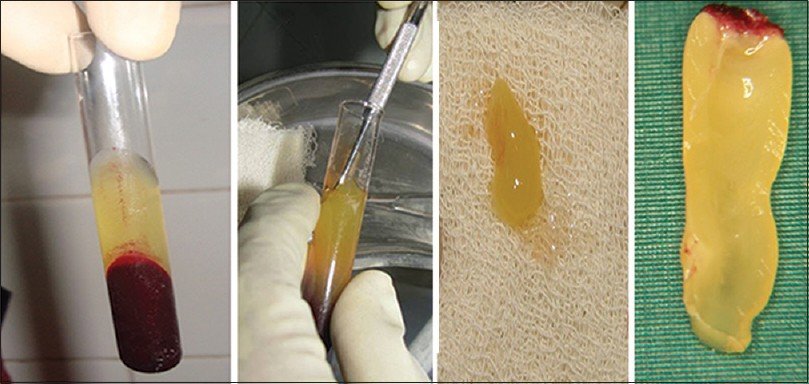
Source: Journal of Indian Society of Periodontology
Preparation Process of PRF
The preparation process of Platelet Rich Fibrin is very similar to the procedure used to formulate Platelet Rich Plasma. Here’s what the process is all about:
- Doctors harvest 10 ml of blood from your forearm and place it in two sterile vacutainers with a capacity of 6 ml each. No anticlotting agents are used.
- Next, they place the vacutainer tubes in a centrifugal machine. The tubes spin for 10 minutes at the rate of 3,000 revolutions per minute. The spinning causes the blood to separate into three layers. At the bottom, you see the red blood cells. At the top is the acellular plasma that resembles a straw-colored gel. The Platelet Rich Fibrin is in the center in a 2 mm layer. This layer is a collection of platelets, concentrated and trapped in fibrin grids.
- Doctors quickly separate the layers and place the fibrin clot in the treatment site. The most crucial step of the process is the speed with which the PRF serum is transferred. Since it does not contain any anticlotting agents, doctors must use the serum instantly.
Components of PRF
Platelet Rich Fibrin is a matrix that contains different compounds to help wounds heal:
- Leukocytes: White blood cells
- Cytokines: Proteins that act as messengers between the cells and influence their actions
- Structural glycoproteins: Water-soluble proteins that are attached to carbohydrates or sugars
- Growth factors: Proteins that help cells regenerate
- Other growth factors: Proteins that stimulate the regeneration of new blood vessels
Positives of Using PRF
Doctors can use Platelet Rich Fibrin therapy to assist in the healing of wounds, injuries, and incisions from surgical procedures.
- Seals Wounds: By placing the PRF glue on the treatment site, doctors can create a protective shield against infections.
- Promotes Speedy Healing: The compounds contained in PRF help in the speedy regeneration of tissues by creating a support matrix. Quick tissue healing reduces pain and the possibility of infections or complications from the procedure.
- Lower Risk of Side Effects: Since the serum is formulated from your blood, there is almost no risk of your body rejecting the treatment.
- Economical Procedure: Formulating the serum is a simple procedure. It can be completed while you wait. In dental procedures, it is a chairside process.
- PRF supports the immune system.
- PRF stops bleeding in the wound site.
- No additives needed such as anticlotting agents, bovine thrombin, calcium chloride, or other activating compounds.
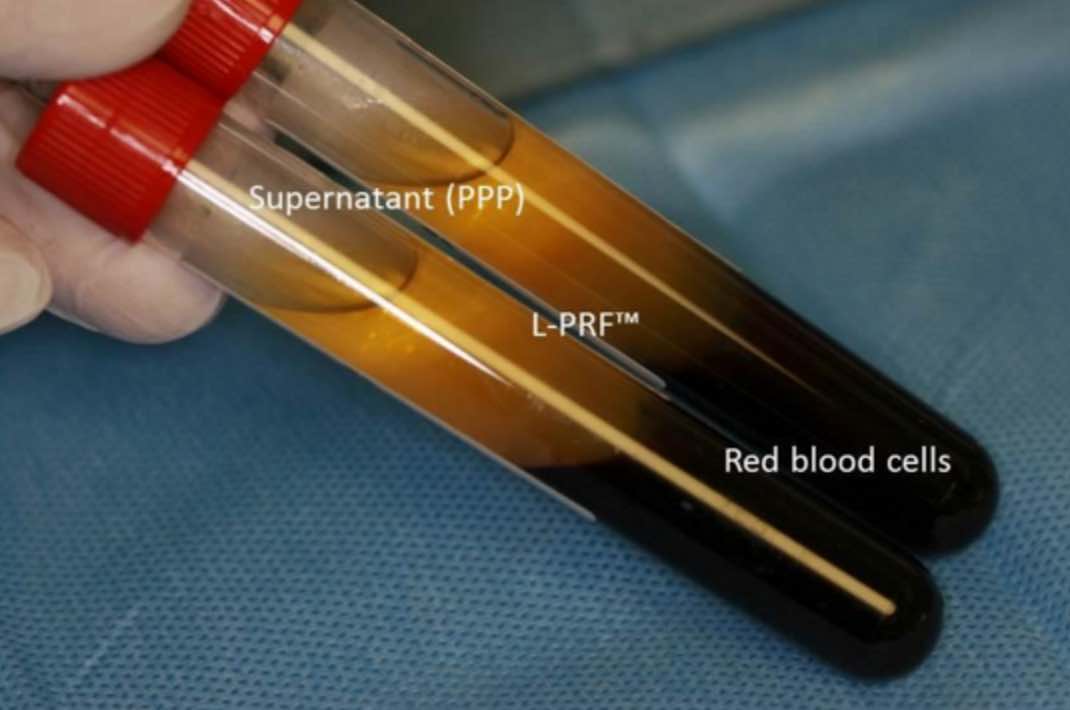
Source: Nashville Dental Implant Center
Precautions to be Taken When Preparing PRF
Platelet Rich Fibrin is very effective in assisting in the healing of wounds, injuries, and tissues repaired by surgical procedures. However, doctors must carefully formulate and administer it according to standard procedures. The PRF serum is created without the use of anticlotting agents. For this reason, doctors cannot store it after preparation. They must introduce it into the treatment site right away. Storage can cause the serum to lose moisture. It can also lose its integrity and consequently, its healing abilities. Refrigeration may raise the risk of contamination from bacteria.
Present Applications for Platelet Rich Fibrin
Choukroun’s Platelet Rich Fibrin can help patients recover quickly after various procedures. Some of them are:
- Dental treatments including root canal procedures and dental implants
- Rejuvenation of facial flaws like acne scars, and signs of aging like fine lines, creases, and wrinkles
- Cosmetic surgery for correcting the shape and size of the nose (Doctors use PRF to aid in the restructuring of the nasal bone)
Given all these positives and economical preparation procedures, PRF can prove to be the best healing solution in the coming years. Doctors are exploring new uses for it and studies are still in progress to understand the complete scope of its applications.
In Short, Here’s What Platelet Rich Fibrin is All About
Platelet Rich Plasma is a highly versatile treatment. Doctors can produce different kinds of the PRP serum simply by varying the preparation processes. One such kind of PRP is Platelet Rich Fibrin (PRF) that has the appearance of a thick gel. By placing this gel in wounds and injuries, doctors can speed up the healing process. PRF is also highly effective in dental surgery, cosmetic surgery, and other surgical procedures. This compound is a pure form of PRP since it does not need the addition of anti-clotting agents. For this reason, doctors must place it in the treatment site immediately after isolating it from the other components of blood.
